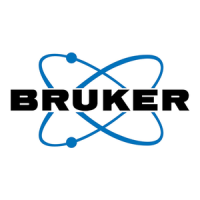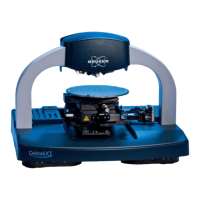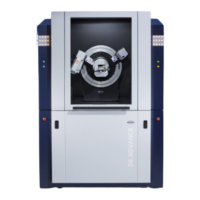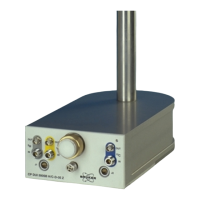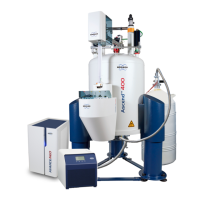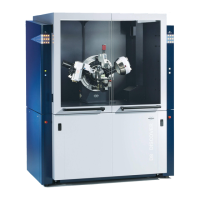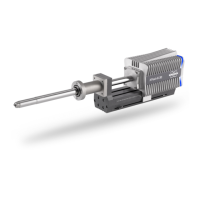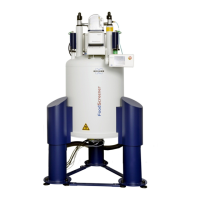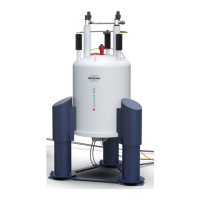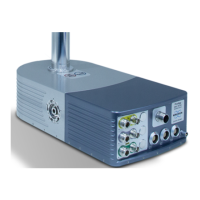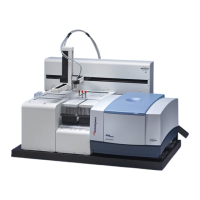
Do you have a question about the Bruker minispec and is the answer not in the manual?
| Category | Laboratory Equipment |
|---|---|
| Applications | Quality control and research |
| Frequency Range | 10-60 MHz |
| Sample Type | Liquids, solids, semi-solids |
| Magnetic Field Strength | 0.47 Tesla to 1.4 Tesla |
| Dimensions | Varies by model |
| Weight | Varies by model |
| Type | Time-Domain Nuclear Magnetic Resonance (TD-NMR) Analyzer |
| Temperature Control | Yes, integrated temperature control systems are available. |
Bruker's policy regarding product improvements and specification changes.
Explanation of safety symbols and indicative words used in the manual.
General introduction to the Sample Automation XYZ sample changer and its purpose.
Specifies the intended application and environment for the sample changer.
Provides guidance on accessing additional product information from Bruker.
Covers power cord safety, operating environment, mechanical, chemical, and general hazards.
FCC and Canadian notices regarding electromagnetic interference compliance.
Explanation of the CE mark and its significance for product compliance.
Describes the location and function of the emergency stop button.
Identifies and describes the main components of the sample changer.
Lists essential equipment needed in addition to the provided components.
Details available optional accessories for the sample changer.
Describes the materials used and their compatibility with various chemicals.
Covers location selection, space, work surface, and power requirements for installation.
Guidance on mounting and connecting temperature units.
Instructions for securely mounting the NMR instrument.
Procedures for connecting the emergency stop button.
Steps to prepare the sample changer before safety barrier assembly.
Detailed instructions for assembling the safety barrier.
Guidelines for creating a suitable laboratory environment and purchasing supplies.
Procedures for starting, stopping, and shutting down the sample changer.
How to use and operate the safety barrier.
Instructions for unpacking, setting addresses, and installing the sample stage.
Procedures for powering the sample stage on and off.
Daily and weekly cleaning procedures for the sample changer.
Guidelines for cleaning the safety barrier without causing damage.
Instructions for mounting the Z-drive assembly, including tools needed.
Steps to diagnose and resolve power-related issues with the system.
Troubleshooting common issues with USB and serial communication interfaces.
Procedure for returning the instrument or parts for repair services.
Procedure for safely dismantling the device at the end of its operational life.
Environmental information for laboratory customers within the EU regarding disposal.
Information on disposal and recycling of materials in the USA and other countries.
Specifies the operating and non-operating environmental conditions for safe use.
Details power requirements, voltage, frequency, and current for the system.
